博文
2024年8月嘲风作品集(二)
||
▲ Vol 14 Issue 16 | 16 August, 2024
Enhanced Activity of MOF-Based Pd/Electron-Transfer Mediator Catalysts in Oxidation Reactions Involving Isonitrile by Defect Engineering
Shaoting Su, Yanwei Ren, Huanfeng Jiang, Wanqing Wu
Herein, we report a Pd/electron-transfer mediator (ETM) catalyst “Pd/Cu-UiO-67(N)x” based on defect-engineered metal–organic frameworks (MOFs), which exhibits high activity and stability in the aminoamidation reaction of N-sulfonyl-2-allyl aniline with isonitrile insertion. The Pd turnover number of the Pd/Cu-UiO-67(N)x system is about 30 times higher than that of existing catalytic systems by decreasing the loading of Pd and base. This work systematically investigates the specific effects of defects on the activation of the reactants. The rationally anchored Pd(II) and Cu(II) in the framework interact with the O2 trapped in the defective MOF to achieve reoxidation of Pd(0). This strategy not only confers high activity and stability to Pd(II) species but also provides access to the application of MOFs in large-size substrate transformations.
https://pubs.acs.org/doi/10.1021/acscatal.4c01838
▲ Vol 57 Issue 16 | 20 August, 2024
Flexible Metal–Organic Frameworks: From Local Structural Design to Functional Realization
Na Li, Jiandong Pang, Feifan Lang, Xian-He Bu
Flexible metal–organic frameworks (MOFs), also known as soft porous crystals, exhibit dynamic behaviors in response to external physical and chemical stimuli such as light, heat, electric or magnetic field, or the presence of particular matters, on the premise of maintaining their crystalline state. The reversible structural transformation of flexible MOFs, a unique characteristic seldomly found in other types of known solid-state materials, affords them distinct properties in the realms of molecule separation, optoelectronic devices, chemical sensing, information storage, biomedicine applications, and so on. The mechanisms underlying their dynamic behaviors can be comprehensively investigated at the molecular level by means of in situ single-crystal or powder X-ray diffraction as well as other in situ spectroscopic techniques due to the high regularity of these crystalline materials during stimuli-responsive phase transitions. Through the introduction of specific stimuli-responsive groups/moieties into the well-defined and ordered molecular arrays, targeted applications can be achieved, and the performance of flexible MOFs can also be further improved via rational structural design.
In this Account, we summarize our progress on the design, synthesis, and applications of flexible MOFs over the past few years. First, we highlight the construction principle of flexible MOFs, emphasizing the pivotal role of local structural design. Using an F-modified ligand, a flexible MOF with remarkable structural transformations can be obtained; the regulation of the metal coordination environment and interpenetrating frameworks is also crucial for achieving flexible MOFs. We also propose a strong correlation strategy based on the supramolecular interactions between the guest molecules and the framework, which realizes the temperature-responsive dynamic spatial “open-closed” regulation. Mechanisms of the dynamic behaviors investigated by the in situ techniques were also presented for the obtained materials. Second, some representative specific applications of the newly developed dynamic coordination systems were reviewed. The gas molecule responsive flexible MOFs show efficient short-chain alkane separation properties with discriminatory sorption behavior toward similar gaseous substrates. Smart sensing of temperature, pressure, and volatile organic compounds was achieved by several novel flexible fluorescent MOFs, with optimization potential through state-of-the-art chemical design. Furthermore, multiferroic materials with multiple bistable states and high working temperatures were also obtained based on flexible MOFs.
Finally, we provide a discussion of the challenges of flexible MOFs in future research, including precise and efficient synthesis, in-depth structure–property relationship investigation, performance optimization, and industrialization. We hope that this Account will stimulate further research interest in developing next-generation smart materials based on flexible MOFs for applications in challenging chemical separation, extreme environmental sensing, massive information storage, and beyond.
https://pubs.acs.org/doi/10.1021/acs.accounts.4c00253
<静远嘲风动漫传媒科技中心>设计制作
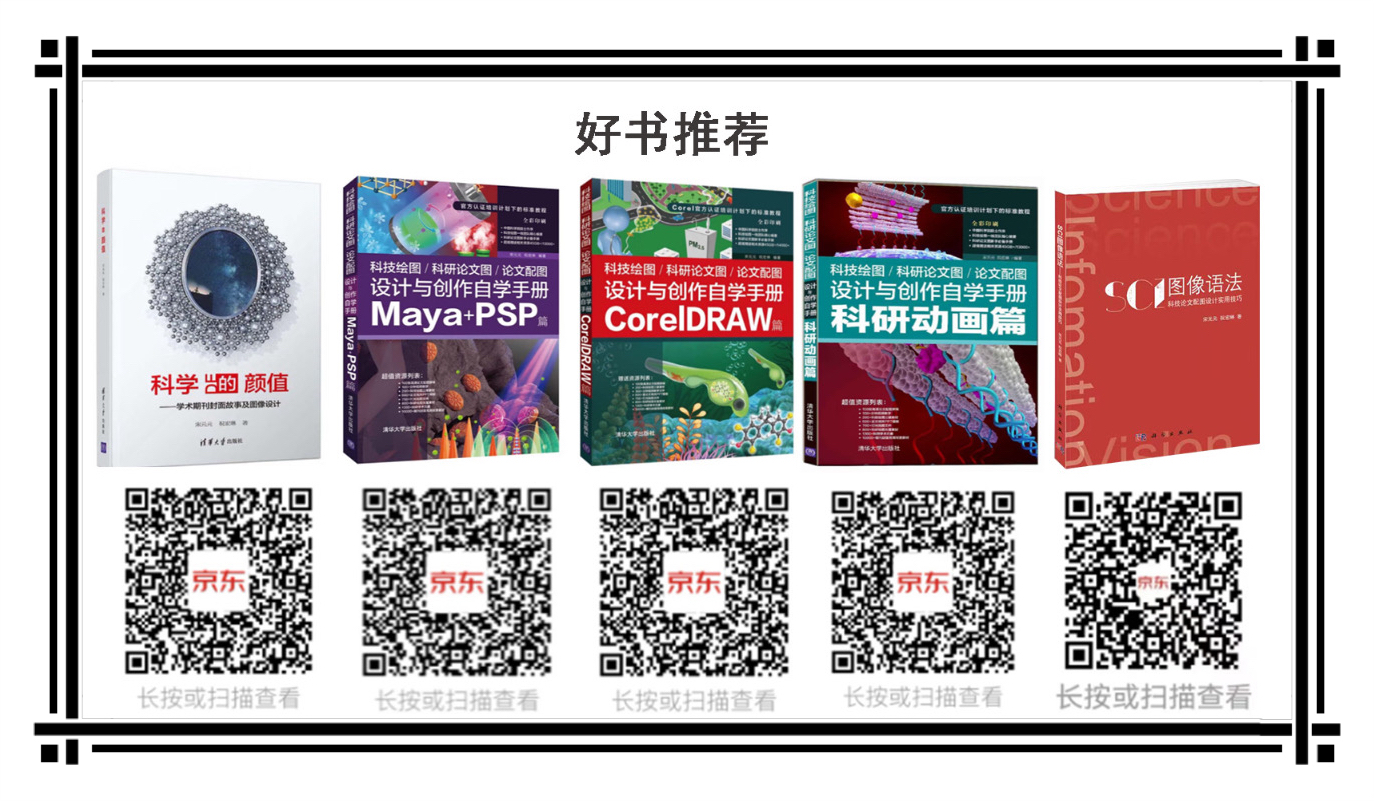
购书链接:
☆科学的颜值:学术期刊封面故事及图像设计
https://item.jd.com/12802188.html
☆科技绘图/科研论文图/论文配图设计与创作自学手册:CorelDRAW篇
https://item.jd.com/13504674.html
☆科技绘图/科研论文图/论文配图设计与创作自学手册:Maya+PSP篇
https://item.jd.com/13504686.html
☆科技绘图/科研论文图/论文配图设计与创作自学手册:科研动画篇
https://item.jd.com/13048467.html#crumb-wrap
☆SCI图像语法-科技论文配图设计使用技巧
https://item.jd.com/10073529532924.html?bbtf=1
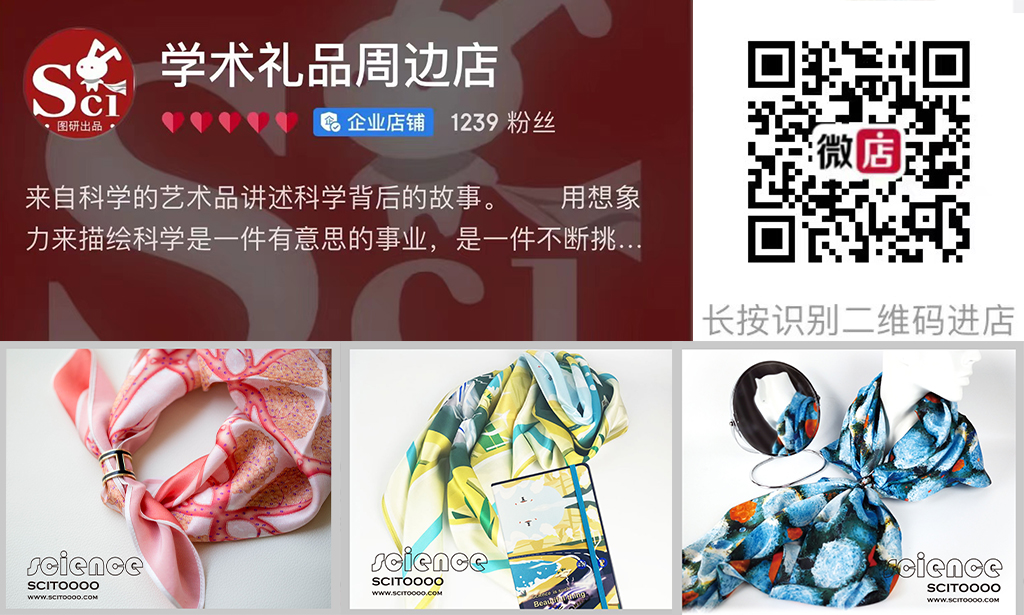
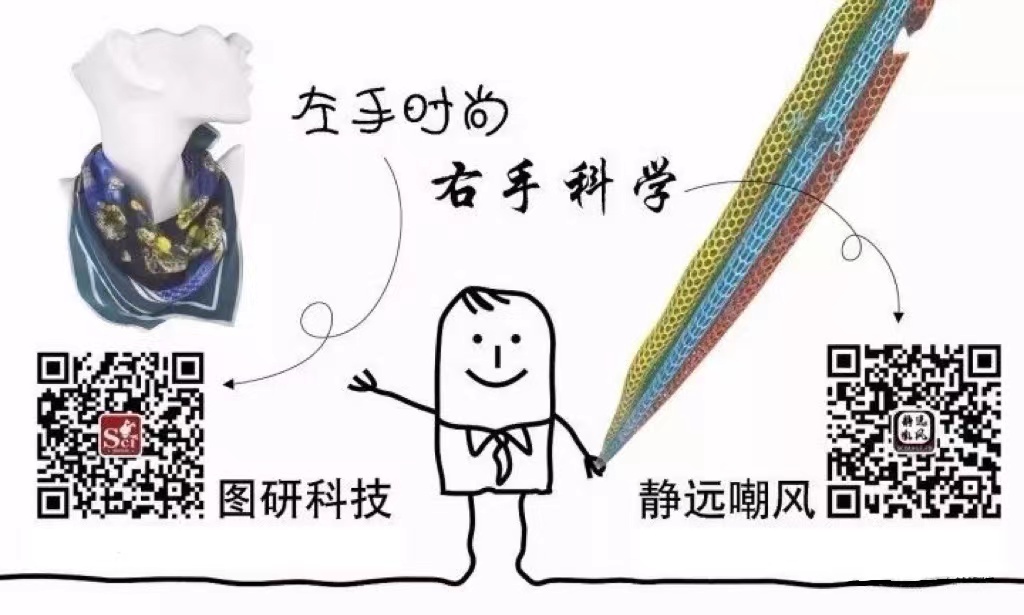
静远嘲风(MY Scimage) 成立于2007年,嘲风取自中国传统文化中龙生九子,子子不同的传说,嘲风为守护屋脊之瑞兽,喜登高望远;静远取自成语“宁静致远”,登高莫忘初心,远观而不可务远。
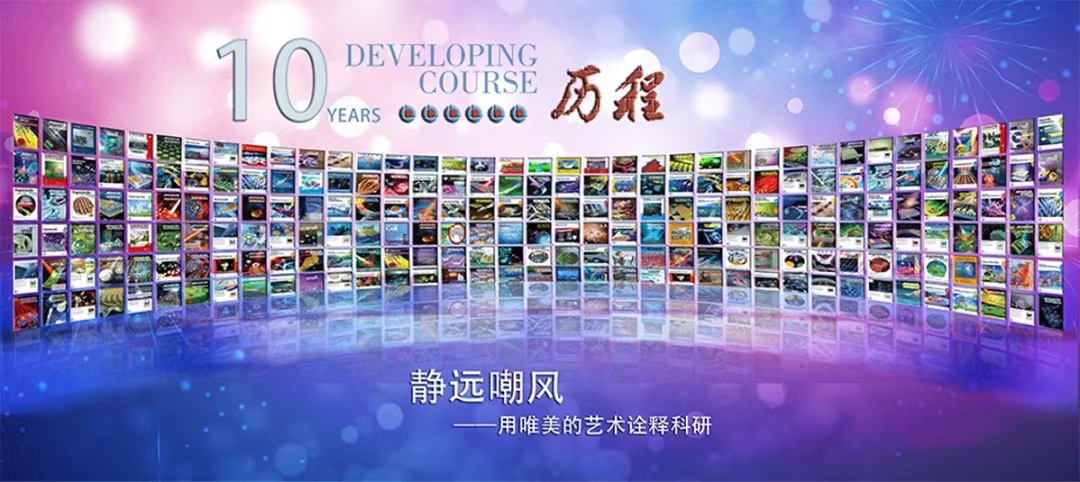
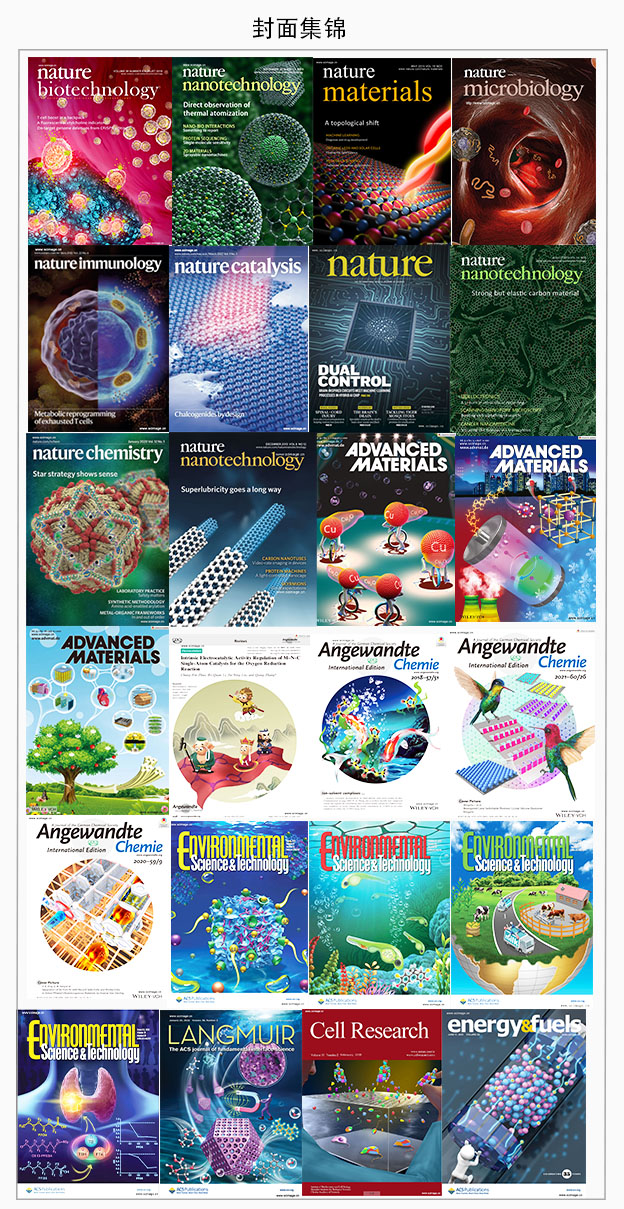
学习更多绘图教程关注:

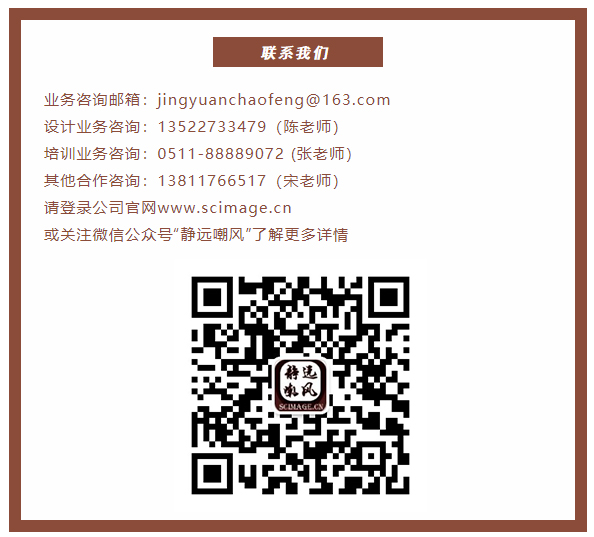
https://blog.sciencenet.cn/blog-519111-1457346.html
上一篇:2024年8月嘲风作品集(一)
下一篇:科研制图| 如何用Maya绘制带八分之一剖面的实心纳米球

